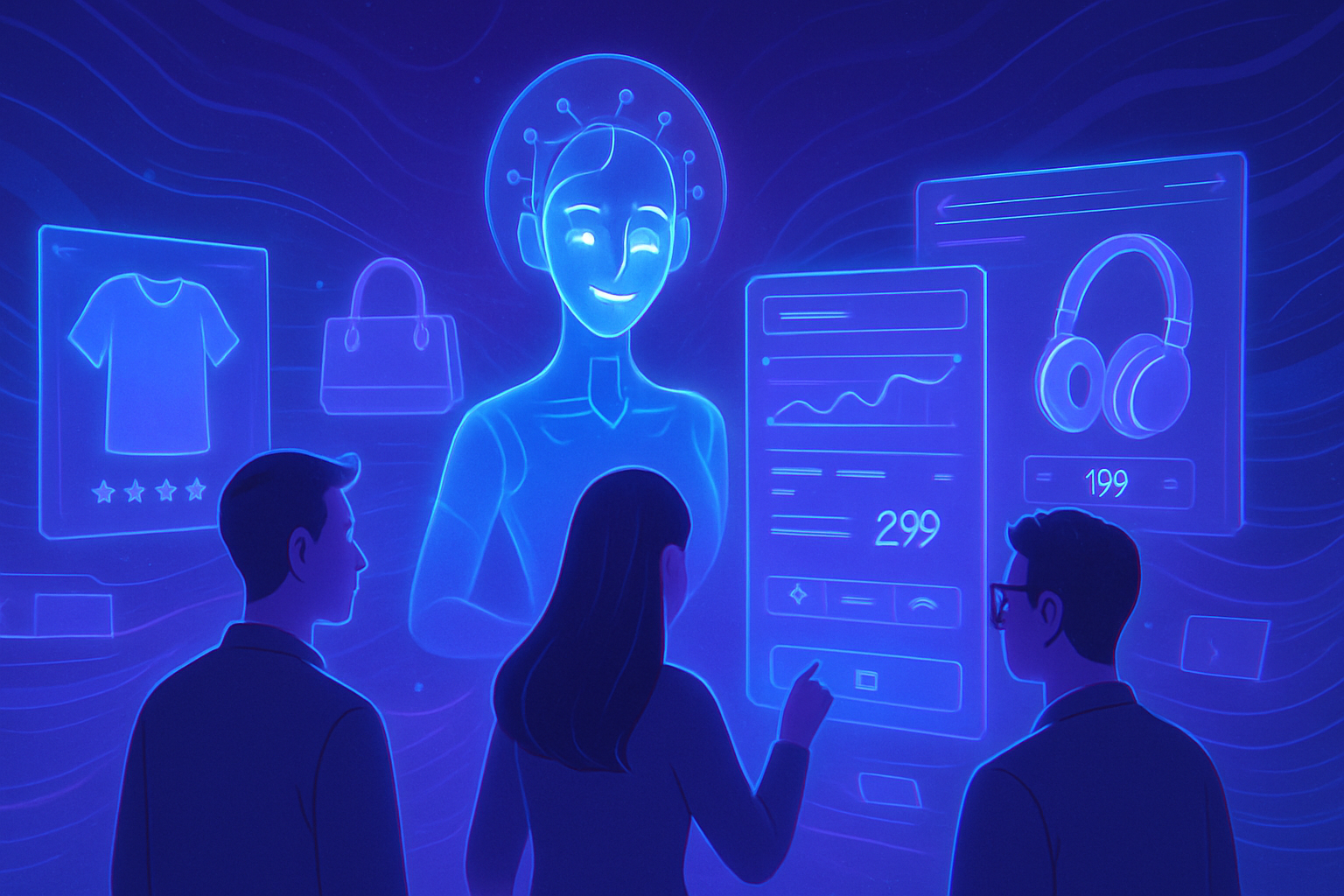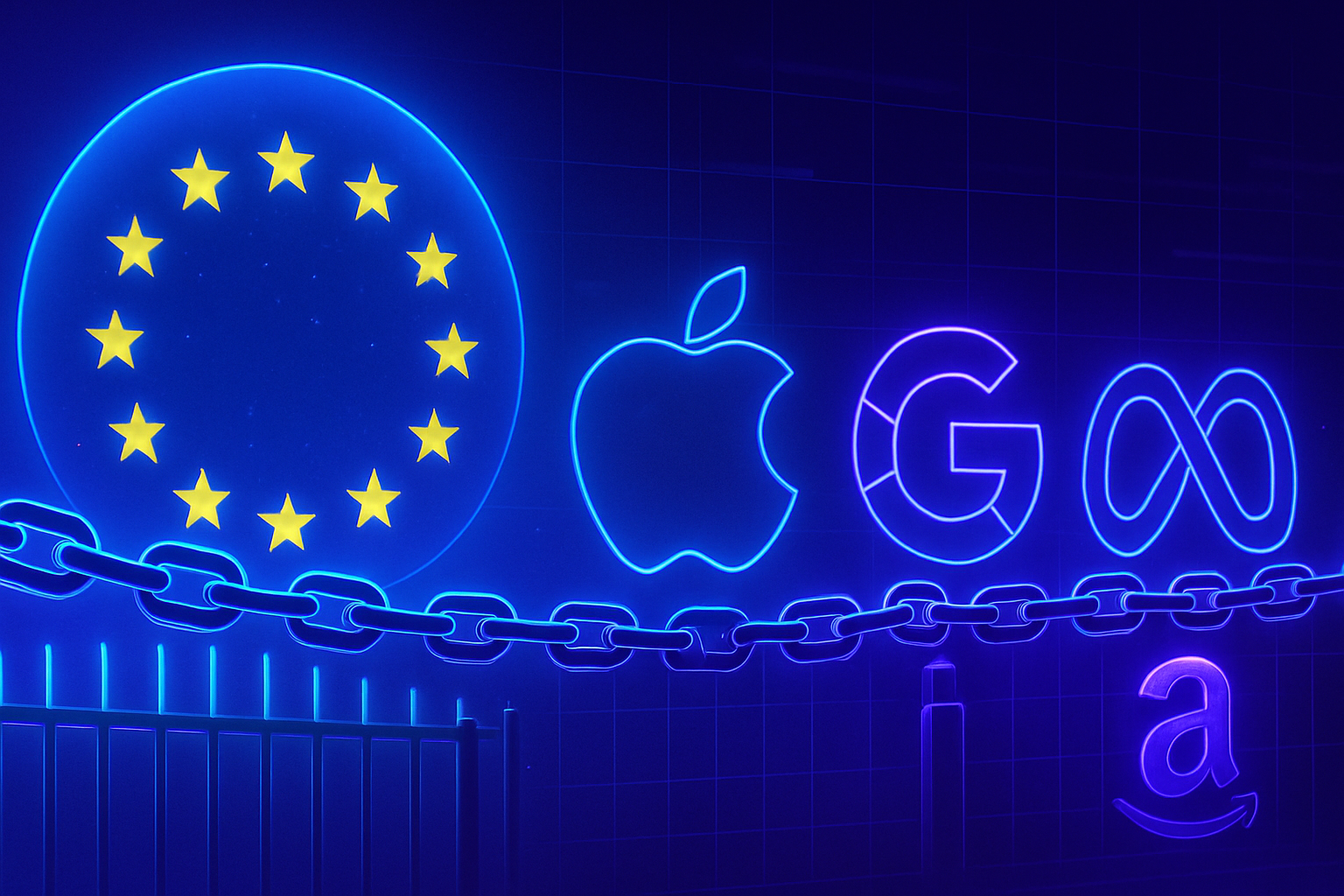ChatGPT Shopping is revolutionizing transactional search by offering an unprecedented user experience. This conversational assistant, rich in adaptive capabilities, facilitates product discovery and optimizes purchasing decision-making. With the Memory feature, it remembers preferences, bringing unprecedented personalization to each interaction. By replacing traditional searches with a smooth dialogue, ChatGPT Shopping is part of an era where efficiency and relevance reign supreme.
A profound transformation of the user experience
The launch of ChatGPT Shopping revolutionizes how consumers interact with search platforms. Users no longer merely type keywords to find products. Thanks to a conversational interface, they can describe their wishes naturally and receive instantly relevant results.
A virtual personal shopper
ChatGPT positions itself as a true personal shopping assistant. Unlike Google Shopping, which presents a list of ads and links, this feature offers an intelligent synthesis of the search. Recommendations are accompanied by contexts, user reviews, and direct purchasing options, making the experience smoother.
Memory serving the customer experience
The Memory feature is an undeniable competitive advantage of ChatGPT Shopping. It allows the assistant to remember users’ preferences, providing personalized follow-up throughout interactions. Thus, ChatGPT offers recommendations based on session history, enhancing consumer engagement.
Structured data and brand visibility
To fully benefit from the opportunities offered by ChatGPT Shopping, brands must carefully structure their product listings. A consistent digital presence across multiple platforms is now essential. Metadata such as features, prices, and reviews must be clear and reliable to increase the chances of visibility on the assistant.
Balance between organic results and monetization
Currently, ChatGPT focuses on organic results, with no possibility of payment for better positioning. However, OpenAI shows some flexibility regarding the introduction of measured monetization models, possibly including sponsored placements. The need for reliable product data will remain essential, regardless of the business model adopted.
An ever-evolving ecosystem
AI-driven search is transforming the commercial ecosystem. Brands must now consider ChatGPT as a strategic channel on par with social networks or marketplaces. This shift in product discovery calls for omnichannel coherence, ensuring a harmonized experience across different touchpoints.
Towards optimized transactional search
ChatGPT Shopping redefines transactional search through its ability to provide relevant, simple, and accessible answers. This shift towards a more intuitive shopping experience encourages brands to invest in precise and searchable data, thereby consolidating their relevance in this dynamic environment. The better the information is presented, the better brands position themselves to capture consumers’ attention.
Reflections on the future of online shopping
As ChatGPT Shopping gradually establishes itself in the sector, brands must anticipate and adapt to this new era of transactional search. The challenge lies in leveraging technological innovations while preserving the integrity and relevance of the information disseminated. Brands that are ready to invest in this direction optimize their visibility and strengthen their market position.
To explore this topic further, examples such as the new features of Amazon’s shopping and the integrated search capabilities of ChatGPT testify to this major evolution. Each innovation brings brands closer to consumers, shaping an increasingly interactive and personalized commercial landscape.
Frequently asked questions about ChatGPT Shopping: a new era for more intuitive transactional search
How does ChatGPT Shopping enhance the shopping experience compared to traditional search engines?
ChatGPT Shopping offers a conversational shopping experience where users can ask questions and receive personalized recommendations, unlike traditional search engines that require browsing multiple links and ads.
What types of data does OpenAI use to recommend products in ChatGPT Shopping?
OpenAI relies on structured metadata such as product descriptions, technical features, reviews, and prices to select and recommend relevant products to users.
How is the “Memory” feature of ChatGPT Shopping beneficial for users?
The “Memory” feature allows ChatGPT to retain users’ shopping preferences across different sessions, thereby improving recommendations by considering previous interactions and the user’s choices.
Do brands need to adapt their strategies to be visible on ChatGPT Shopping?
Yes, brands must pay attention to the quality and structuring of their product data across multiple platforms to optimize their visibility on ChatGPT Shopping, creating comprehensive product listings and using reliable data.
Can ChatGPT Shopping generate sponsored results in the future?
It is possible that OpenAI may integrate monetization models, such as affiliate links or sponsored placements, but the reliability of product data will remain essential to ensure product visibility, whether in organic or paid results.
How can brands effectively structure their product information for ChatGPT Shopping?
Brands should publish clear and well-organized product data, including descriptions, images, and reviews, while using a Knowledge Graph to disseminate this information coherently across the web.
What is the impact of ChatGPT Shopping on transactional search and consumer purchasing behaviors?
ChatGPT Shopping changes how consumers discover and compare products, allowing them to interact in a more intuitive and personalized way, which facilitates the purchasing decision-making process.
How can ChatGPT Shopping influence brands’ omnichannel strategy?
ChatGPT Shopping should be integrated as a discovery channel in brands’ omnichannel strategies, ensuring consistency in product information and communication across all touchpoints, which strengthens consumer credibility and trust.






